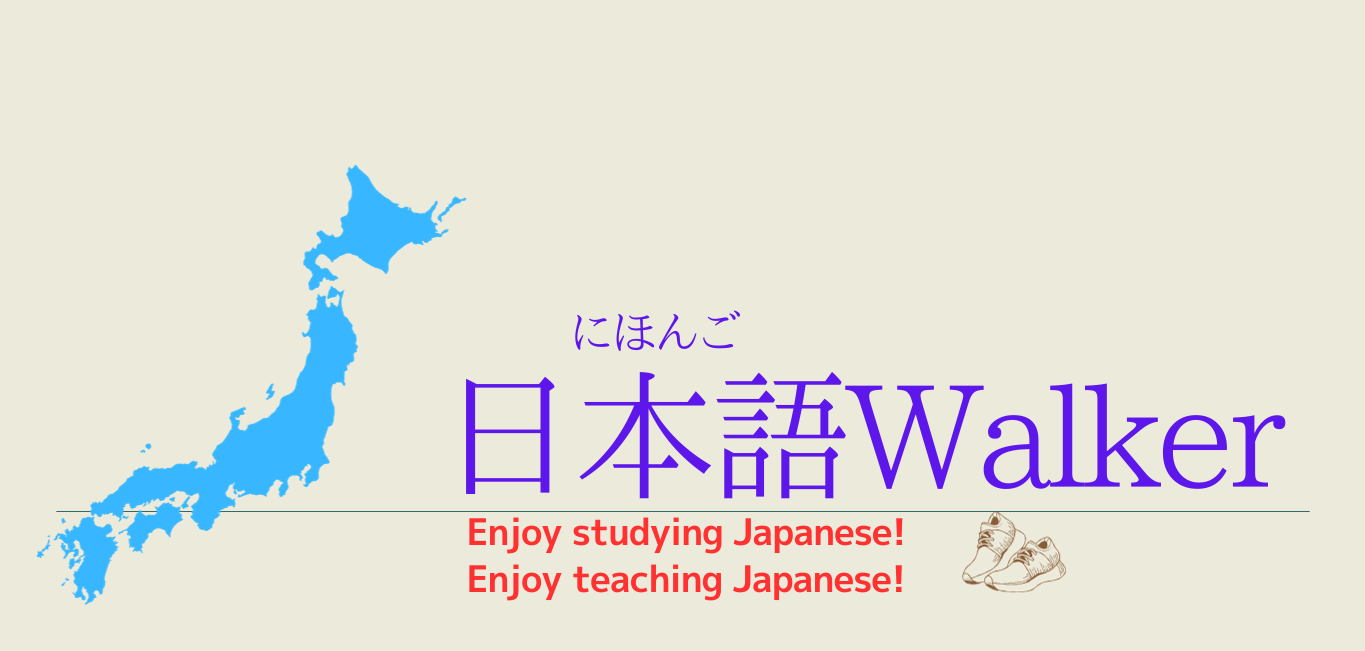あなたは、どこで、ひらがなを勉強(べんきょう)しましたか?
いま、どうやって、漢字(かんじ)を勉強(べんきょう)していますか?
あなたが書(か)く、ひらがなや漢字(かんじ)は・・・だいじょうぶですか??
もしかしたら、日本人(にほんじん)が書(か)くひらがなや漢字(かんじ)と、
違(ちが)うかもしれません!
チェックしてみましょう!
Where did you study hiragana? How are you studying kanji now? Are you confident in your writing hiragana and kanji? They might be different from those Japanese people write! Let’s check it out!
ひらがな
ひらがなの「ki」と「sa」。あなたは、どのように書(か)きますか?
何画(なんかく)で書(か)きますか?
「ko」「fu(hu)」「ri」は、どうですか?
下(した)の表(ひょう)を見(み)てください。
How do you write the hiragana characters ‘ki’ and ‘sa’? How many strokes are used to write them? What about ‘ko’, ‘fu(hu)’, and ‘ri’? Please refer to the table below.

いろいろなひらがなを、3種類(しゅるい)、ならべてみました。
「せ」「そ」などは、似(に)ていますね。
でも、「き」「こ」「さ」「ふ」は、一番(いちばん)下(した)のひらがなが、上(うえ)のひらがなと少(すこ)し違(ちが)うのが、分(わ)かりますか?
「ゆ」と「り」も、少(すこ)し違(ちが)います。
日本人(にほんじん)は、ふつう、一番(いちばん)下(した)のようなひらがなを書(か)きます。
でも、日本語(にほんご)を勉強(べんきょう)している外国(がいこく)の人(ひと)は、上(うえ)のようなひらがなを書(か)くことがあります。
手(て)で書(か)くとき、上(うえ)のようなひらがなだと、日本人(にほんじん)は、ちょっと変(へん)だなあ、と感(かん)じます。
These are three types of hiragana fonts. ‘Se’ and ‘So’ look similar. However, do you notice that ‘Ki’, ‘Ko’, ‘Sa’, and ‘Fu’ at the bottom are a little different from the hiragana characters above? ‘Yu’ and ‘Ri’ are also slightly different. Japanese people usually write hiragana characters like those at the bottom. However, foreigners studying Japanese sometimes write hiragana characters like those above. When writing by hand, if you use hiragana characters like those above, Japanese people might feel that it is strange.”
漢字(かんじ)
もし、あなたが漢字(かんじ)を勉強(べんきょう)しているなら、
「いえ」「こころ」「みち」という漢字(かんじ)を、紙(かみ)に書(か)いてみてください。
・・・自分(じぶん)が書(かいた漢字(かんじ)と、下(した)の表(ひょう)を、くらべてください。
どれに近(ちか)いですか?
If you are studying kanji, try writing the following characters on paper: 「いえ」(ie), 「こころ」(kokoro), and 「みち」(michi). Then compare the characters you wrote with the chart below. Which one is the closest?

この表(ひょう)でも、上(うえ)のふたつの漢字(かんじ)と、一番下(いちばんした)の漢字(かんじ)では、ちがいますよね。
日本人(にほんじん)は、ふつう、手(て)で漢字(かんじ)を書(か)くときは、一番下(いちばんした)のように書(か)きます。
This chart shows that the top two kanji characters and the bottom one are different. When Japanese people write kanji by hand, they usually write it like the bottom one.
教科書体(きょうかしょたい)という、フォント
字(じ)が違(ちが)のは、フォントが違(ちが)うからです。
ひらがなも、漢字(かんじ)も、一番下(いちばんした)の字(じ)は、教科書体(きょうかしょたい)というフォントです。
字(じ)の勉強(べんきょう)をはじめる小学校(しょうがっこう)の教科書(きょうかしょ)の字(じ)は、だいたい、このフォント(font)になっています。
でも、大人(おとな)が見(み)ることが多(おお)いのは、明朝体(みんちょうたい)やゴシック体(たい)などです。
明朝体(みんちょうたい)やゴシック体(たい)は、日本語(にほんご)ネイティブスピーカー(Japanese native speaker)が、読(よ)みやすい形(かたち)です。
読(よ)むための字(じ)ですから、書(か)くときの字(じ)とは、ちょっとちがうのですね。
The reason the characters look different is that they are written in different fonts. The font used at the bottom of the chart is called Kyokasho-tai. This font is commonly used in textbooks for elementary school students who are just starting to learn characters. However, the fonts adults often see are Mincho-tai and Gothic-tai. These fonts are designed to be easy to read for Japanese native speakers. Readable hiragana/kanji and writable hiragana/kanji are different.
わからない漢字(かんじ)を調(しら)べるなら…
字(じ)を書(か)いていて、もし分(わ)からない漢字(かんじ)を調(しら)べたら、その字(じ)の教科書体(きょうかしょたい)も調(しら)べてみるといいと思(おも)います。
または、下(した)のようなサイトを使(つか)って、ちゃんとした形(かたち)を調(しら)べることをおすすめします。
If you come across a kanji character that you don’t know while writing, I recommend looking up the character and its Kyokasho-tai font. It is also a good idea to use a website like the one below to check the correct hand-writing form of the character.
https://kakijun.jp/main/kanjikensaku.html
空欄(くうらん)があるので、そこに、調(しら)べたい漢字(かんじ)を1こ入(い)れましょう。
そして「検索(けんさく)」という所(ところ)を押(お)すと、その漢字(かんじ)を手(て)で書(か)くときの書(か)き方(かた)が、出(で)てきます。
ちょっと面倒(めんどう)かもしれませんが、日本人(にほんじん)にびっくりされない字(じ)を書(か)くために、少(すこ)しだけ手間(てま)をかけてみませんか?
・・・という、記事(きじ)でした!
There is a blank space, so enter one kanji you want to look up. When you press the “search” button, the way to write that kanji by hand will appear. It may be a little troublesome, but why don’t you take a little trouble to write characters that won’t surprise Japanese people?
That’s all for today!


コメント